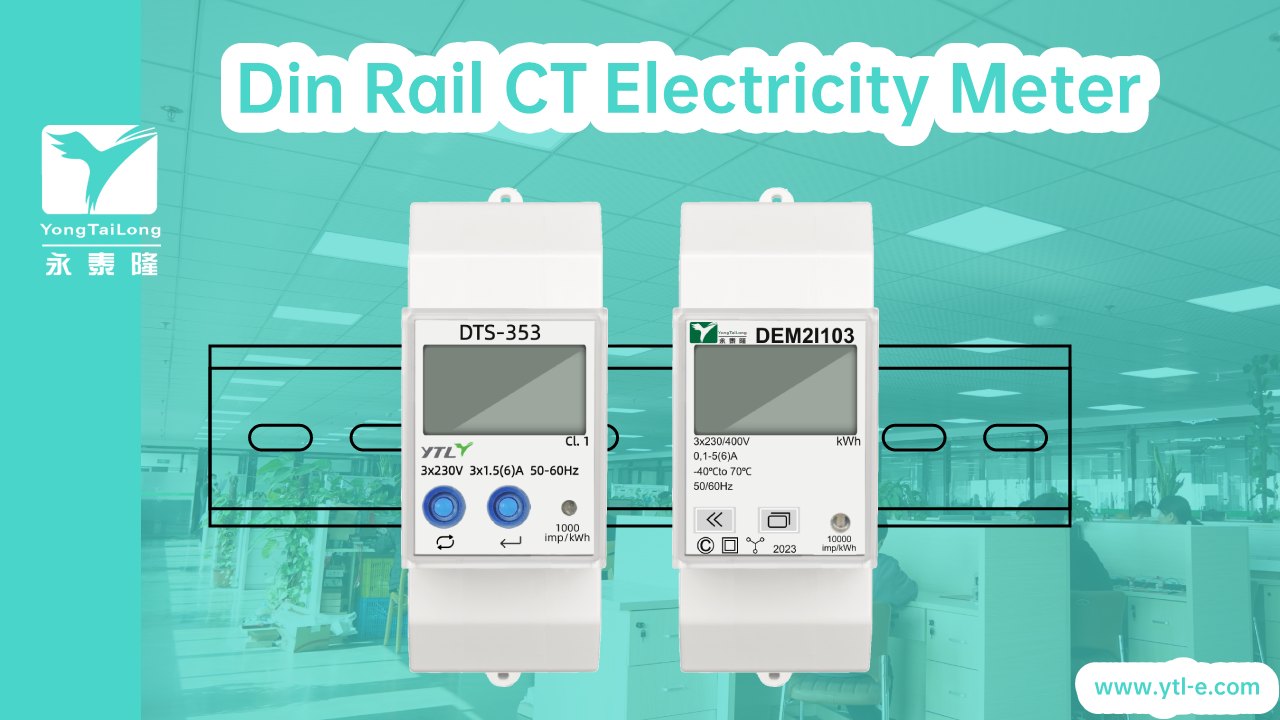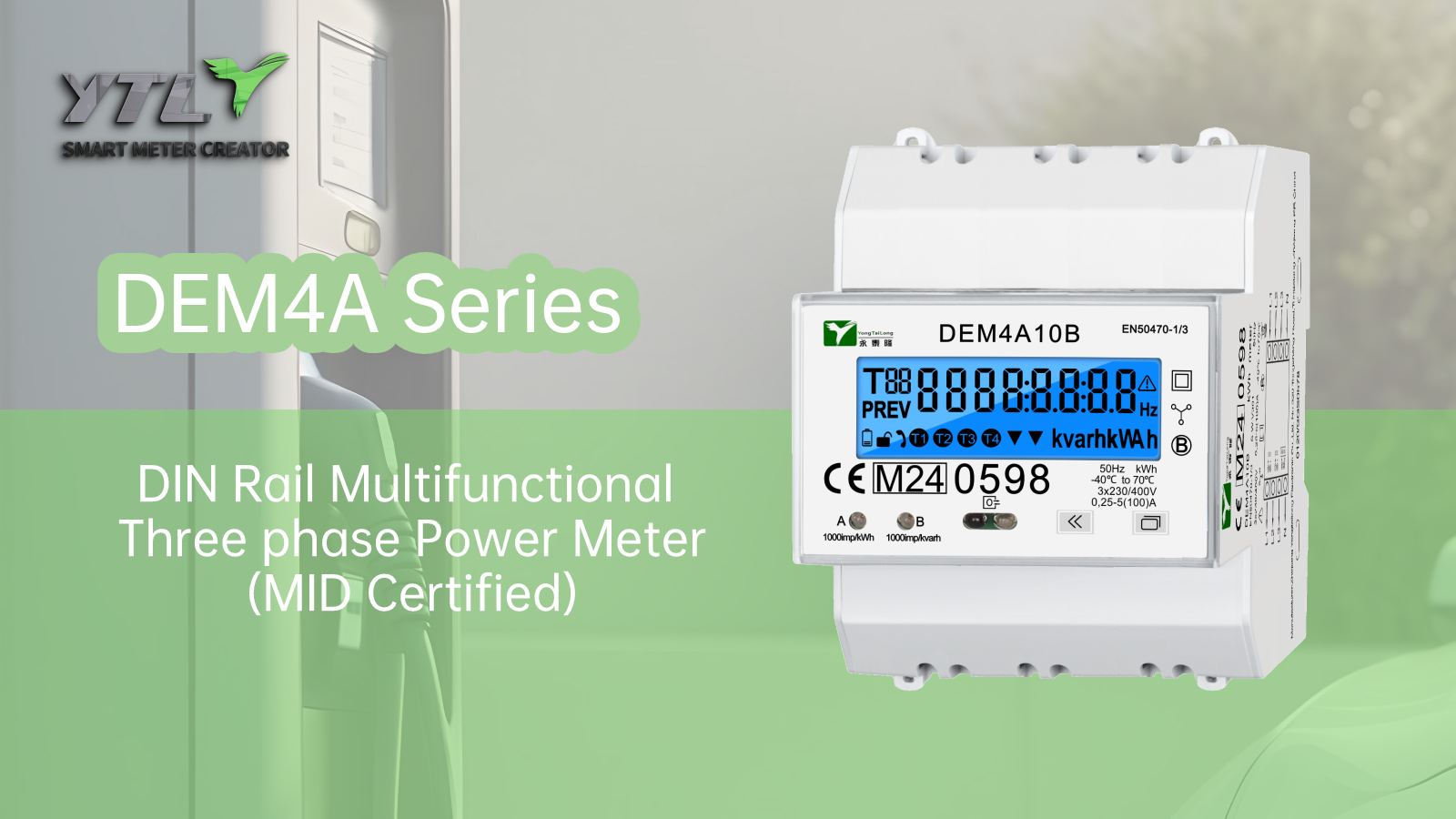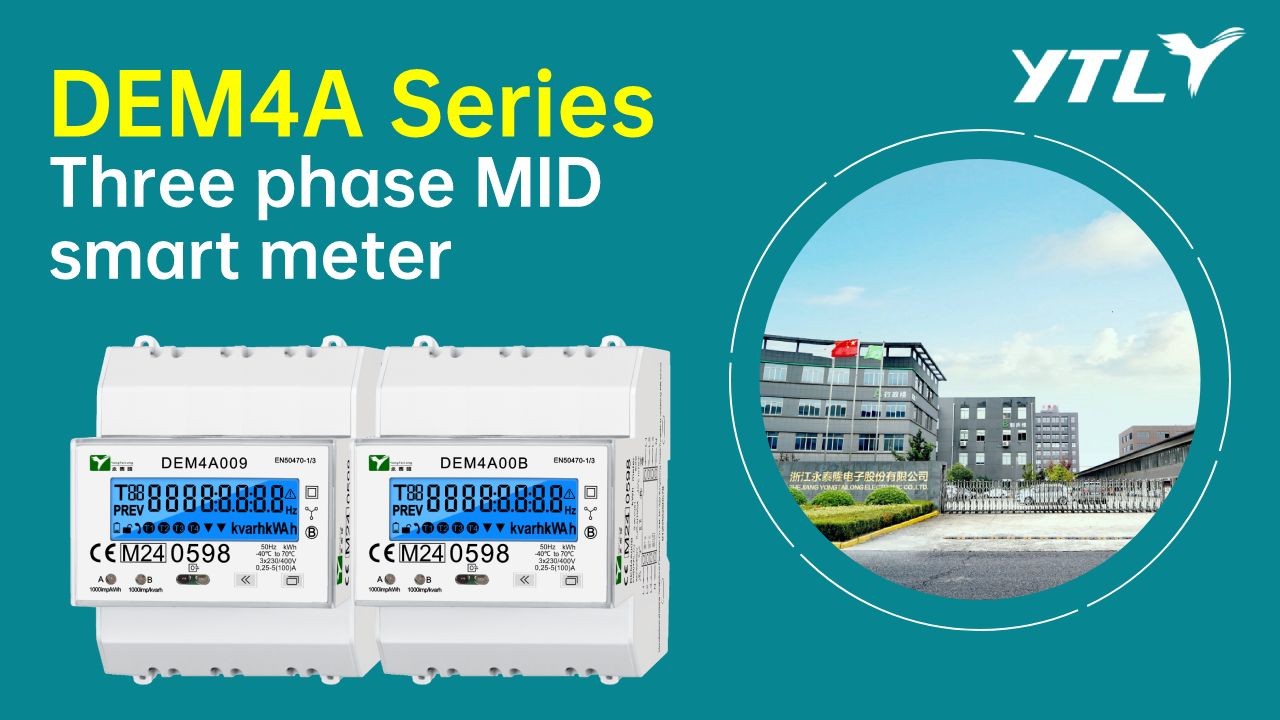In the electricity tariff structure of industrial and commercial users, demand charge is often a key variable in cost composition, especially for enterprises with large fluctuations in electricity load. Exceeding capacity charge may get to a monthly electricity bill surge of more than 30%. The calculation of demand electricity fees is based on the demand value of users within a billing cycle (i.e. the 15 minute average power peak), which aims to reflect the degree of occupancy of power grid capacity resources by users. However, the traditional manual meter reading and monthly billing analysis model has significant lag, making it difficult for enterprises to intervene in peak load in a timely manner. The popularization of smart meters is reconstructing the management logic of demand electricity bills through three core capabilities: real-time monitoring, predictive warning, and automated control, providing enterprises with a solution from "passive payment" to "active optimization".

The formation mechanism and optimization pain points of demand electricity bills
The billing basis for demand electricity is the 15 minute average power value achieved by users within a billing cycle (usually one month), which is directly related to the capacity cost of transformers and the reserve capacity fee of the power grid. For example, if a manufacturing enterprise reaches a 15 minute average power of 2000kW during a peak production period on a certain day, the monthly demand electricity bill will be calculated based on this peak, even if the average load during other periods is only 500kW. Due to the rule of "monthly billing and annual adjustment" commonly used by power grid enterprises, exceeding the peak value once may get to an increase in annual capacity electricity bills, which poses significant financial risks to industries with strong electricity fluctuations, such as metal processing and data centers. The limitations of traditional management methods are that manual meter reading cannot capture transient load peaks, monthly billing analysis has lag, and lacks the ability to deeply explore historical load curves, resulting in companies often triggering demand electricity penalties repeatedly without knowledge.
Technical empowerment of smart meters: real-time monitoring and dynamic response
Through high-frequency data acquisition and edge computing capabilities, smart meters have built a "digital defense line" for enterprises to manage demand electricity bills. The core technological value is reflected in three aspects:
Second level load monitoring: Record current, voltage, power and other parameters at a frequency of once per second or even higher, calculate real-time 15 minute sliding average power, with an accuracy of 0.5S level (IEC 62053-22 standard). This high-frequency monitoring can accurately capture transient load fluctuations such as air compressor start-up and electric arc furnace feeding, avoiding the demand value being pushed up due to short-term power spikes.
Load forecasting and warning: Built in machine learning algorithms analyze historical electricity consumption patterns, combined with production plans, weather data, and other information, predict possible exceeding periods 24 hours in advance, and push warnings through mobile devices or industrial control systems. For example, when the load peak is predicted to occur at 2 pm, the system can suggest delaying the start-up time of non essential equipment or enabling backup power.
Automated load control: After integration with the energy management system (EMS), smart meters can be linked to circuit breakers, energy storage systems, and other devices to perform dynamic adjustments. When the real-time load approaches the preset threshold, low priority loads (such as workshop lighting and air conditioning) will be automatically cut off, or energy storage equipment will be scheduled to discharge and peak shaving, to control the demand value within a safe range.

Technological Evolution: From Monitoring to Predictive Optimization
With the integration of artificial intelligence and IoT technology, the demand management capability of smart meters is evolving towards higher levels. The new generation system constructs an enterprise energy consumption model through digital twin technology, simulates load curves under different production scenarios, predicts demand and electricity cost risks, and generates multi-objective optimization solutions. For example, during the peak order season, the system can balance the "revenue growth brought by full load production" with the "cost increase caused by excessive electricity demand" and recommend the production rhythm that maximizes profits. In addition, the introduction of blockchain technology enables enterprises to aggregate distributed resources (such as rooftop photovoltaics and energy storage batteries) to participate in virtual power plant (VPP) transactions, obtain additional revenue through demand response, and further hedge demand electricity costs.

epilogue
The management of demand electricity bills is essentially a "stress test" of energy utilization efficiency for enterprises. Smart meters empower enterprises with the ability to precisely regulate the pace of energy consumption by transforming hidden load peaks into visual data insights. This ability is not only related to cost control, but also a strategic choice for enterprises to build energy resilience in the era of carbon constraints. When every device and every minute of electricity consumption can be measured and optimized, the path from "cost burden" to "management dividend" in demand electricity bills becomes clear - and this is precisely the core value that smart meter technology endows modern enterprises with.

 English
English 简体中文
简体中文










.png?imageView2/2/w/500/h/500/format/png/q/100)



